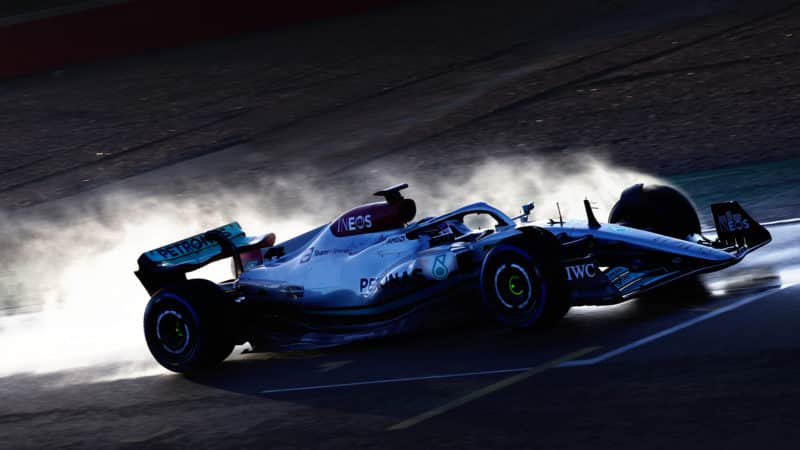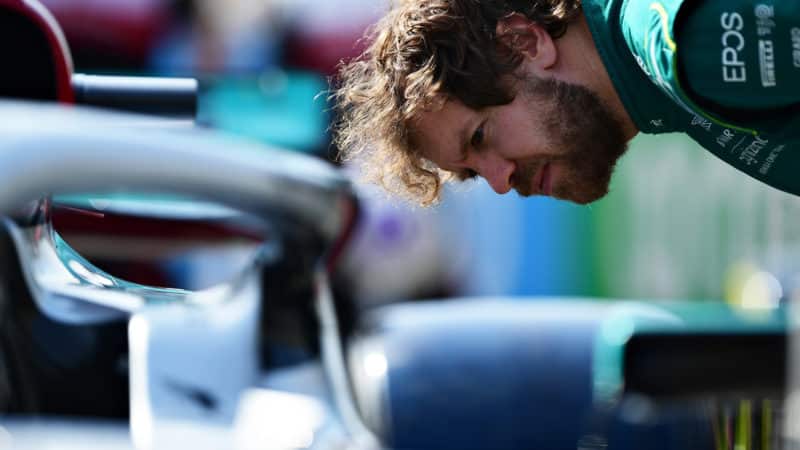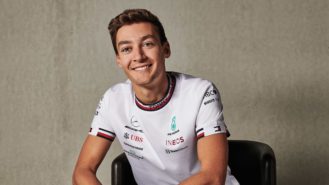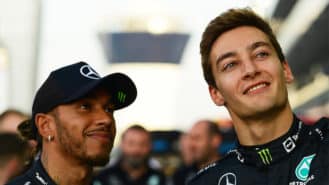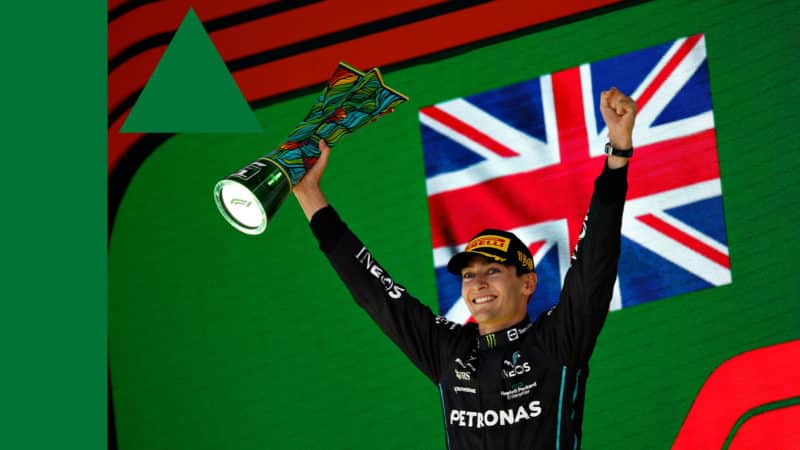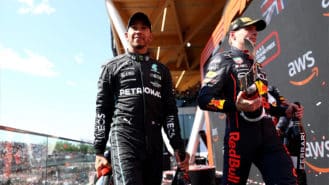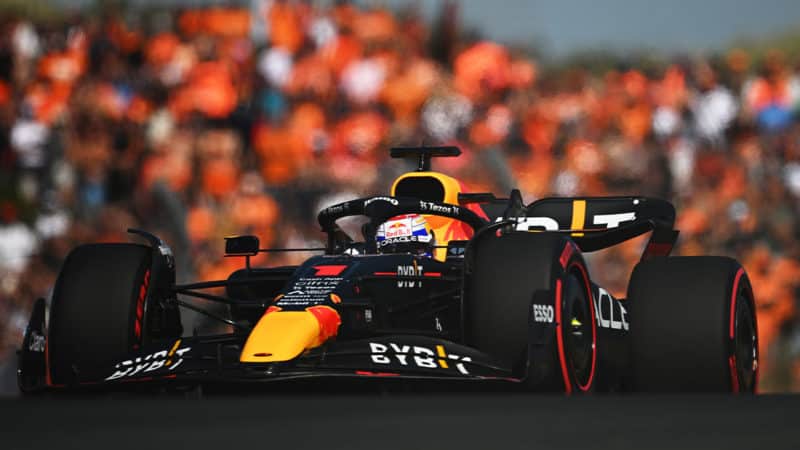“We were on the back foot by about a week, because our filming day was when there was a storm in the UK,” he told Motor Sport.
“And it was a wet shakedown. And we just weren’t going fast enough down the straight at Silverstone to experience any porpoising whatsoever. You could barely keep the car in a straight line, there was so much wind.
“The track got red-flagged for a couple of hours, because part of the bridge had blown off onto the circuit, to put a perspective on of how bad the conditions were!
“And it was only late in the afternoon that we experienced something, but we weren’t too sure what it was. And that was the end of the day.
“And perhaps had it been clear from that shakedown, we could have arrived at Barcelona with a couple of test items. That could have saved us a month or so of development maybe even more.
“We then ended up having to bring those to the Bahrain test, which delayed the process even further, and our learning even further. So as simple a thing as the weather probably had an impact on our development rate…”
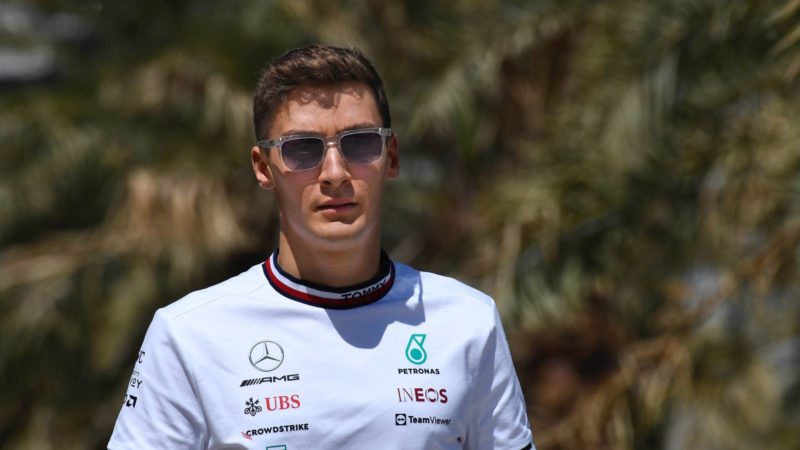
Initial hope quickly turned to frantic work to catch up in 2022
Grand Prix Photo
The team had saved its “no-sidepod” bodywork package for the second test in Bahrain, just before the first race of the season.
“In Barcelona, we had a very drastically different car,” says Russell. “We obviously had the conventional bodywork. And we believed we had a substantial upgrade that we’d bring to the car. We were talking well over a second-and-a-half performance, we were expecting to bring, maybe even more.
“We left Barcelona thinking we’re four-tenths off the pace. But we’ve got, let’s say 1.7 seconds of lap time to bring to the car, knowing full well that the others will have some performance as well.
“And we got to Bahrain and realised we couldn’t utilise any of that performance whatsoever. And we had to run the car in a totally different window.”
